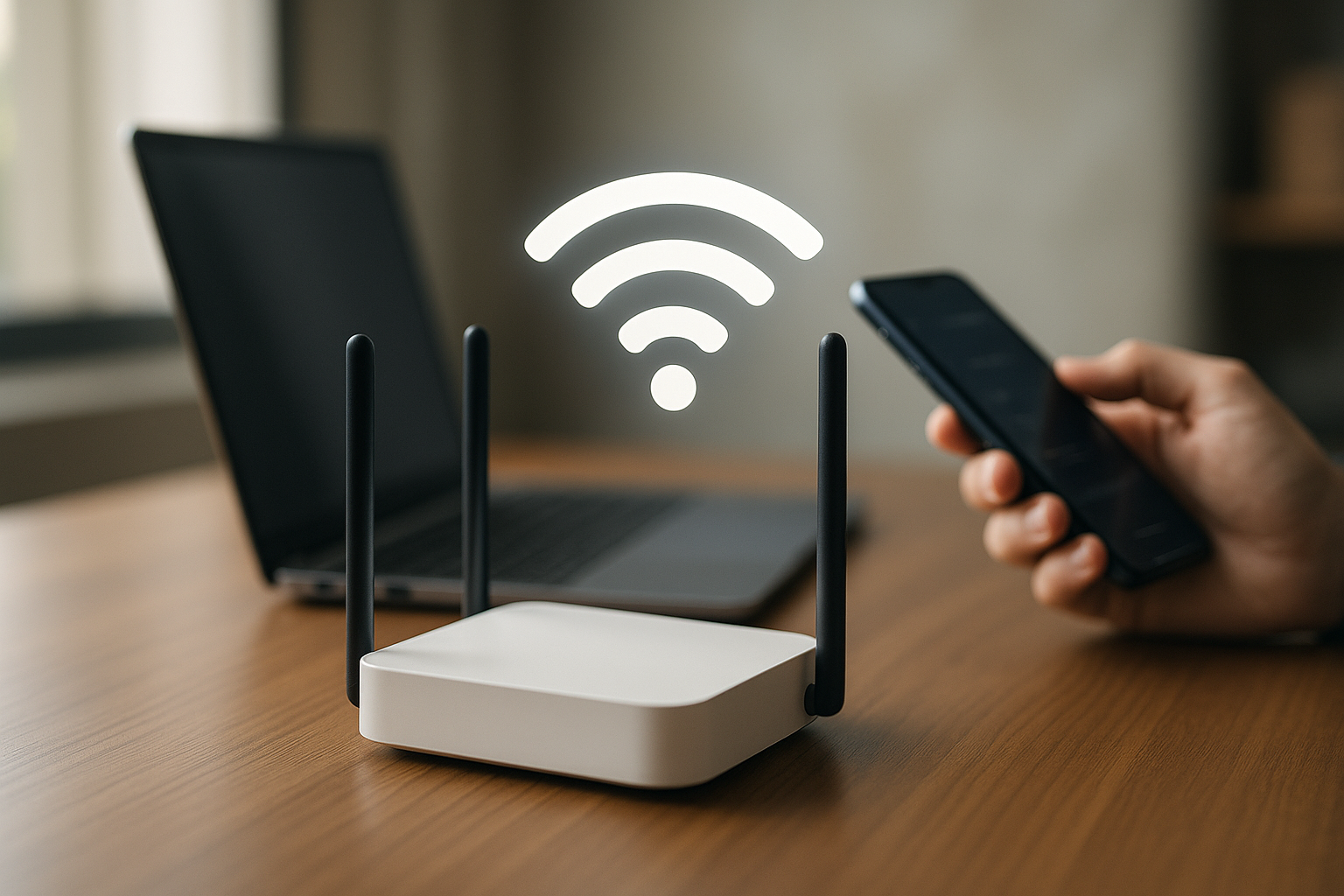Unraveling the Potential of Wi-Fi 6: A Leap in Wireless Connectivity
The advent of Wi-Fi 6, also known as 802.11ax, marks a remarkable turning point in wireless technology. This latest version of Wi-Fi standards promises greater speeds, improved efficiency, and better performance in congested areas. As we delve into the intricacies of Wi-Fi 6, we uncover its growth trajectory, current trends, practical applications, and potential challenges.

A Historical Perspective: Tracing the Roots of Wi-Fi 6
Wi-Fi 6 didn’t just emerge out of the blue. It’s the successor to Wi-Fi 5, which was launched in 2014. Wi-Fi standards have been evolving since the late 1990s, each new version bringing improvements in speed, range, and capacity. Wi-Fi 6, officially unveiled in 2019, is the latest iteration in this progression. It has been engineered to handle the increasing demand for high-speed, high-capacity wireless connectivity in the era of smart homes and devices.
Wi-Fi 6 in Today’s Digital Landscape: Current Trends and Insights
Wi-Fi 6 is rapidly gaining traction. With more devices supporting the new standard, manufacturers are increasingly incorporating Wi-Fi 6 into their latest models. The surge in remote work and learning due to the COVID-19 pandemic has underscored the need for stable, efficient, and fast internet connections, creating a ripe environment for Wi-Fi 6 adoption.
The Impact of Wi-Fi 6: Benefits and Challenges
Wi-Fi 6 offers numerous benefits, including faster data transfer speeds, improved network efficiency, and better performance in crowded environments. However, it also faces challenges. The transition requires new hardware, which can be expensive. Moreover, not all devices are Wi-Fi 6 compatible, which can lead to coexistence issues.
Practical Applications: Wi-Fi 6 in Everyday Life
Where does Wi-Fi 6 fit into our daily lives? The answer is almost everywhere. From smart homes filled with Internet of Things (IoT) devices to offices with multiple connected devices, Wi-Fi 6 can provide the robust, efficient connectivity needed. It’s especially beneficial in crowded areas like stadiums or concert venues, where previous Wi-Fi standards struggled to provide consistent connection.
Looking Ahead: The Future of Wi-Fi 6
As we look ahead, Wi-Fi 6 is slated to become the new norm for wireless connectivity. With Wi-Fi 6E, an extended version of Wi-Fi 6, already on the horizon, the future of Wi-Fi looks promising. But as with any technology, the full potential of Wi-Fi 6 will only be realized as more devices become compatible, and the transition to the new standard becomes more widespread.
In conclusion, Wi-Fi 6 is a pivotal development in wireless technology. It offers the potential for faster, more efficient connectivity. However, realizing this potential will require overcoming challenges and embracing the opportunities that this new standard presents. As we navigate this transition, Wi-Fi 6 stands to redefine our digital landscape, promising a future of enhanced wireless connectivity.




